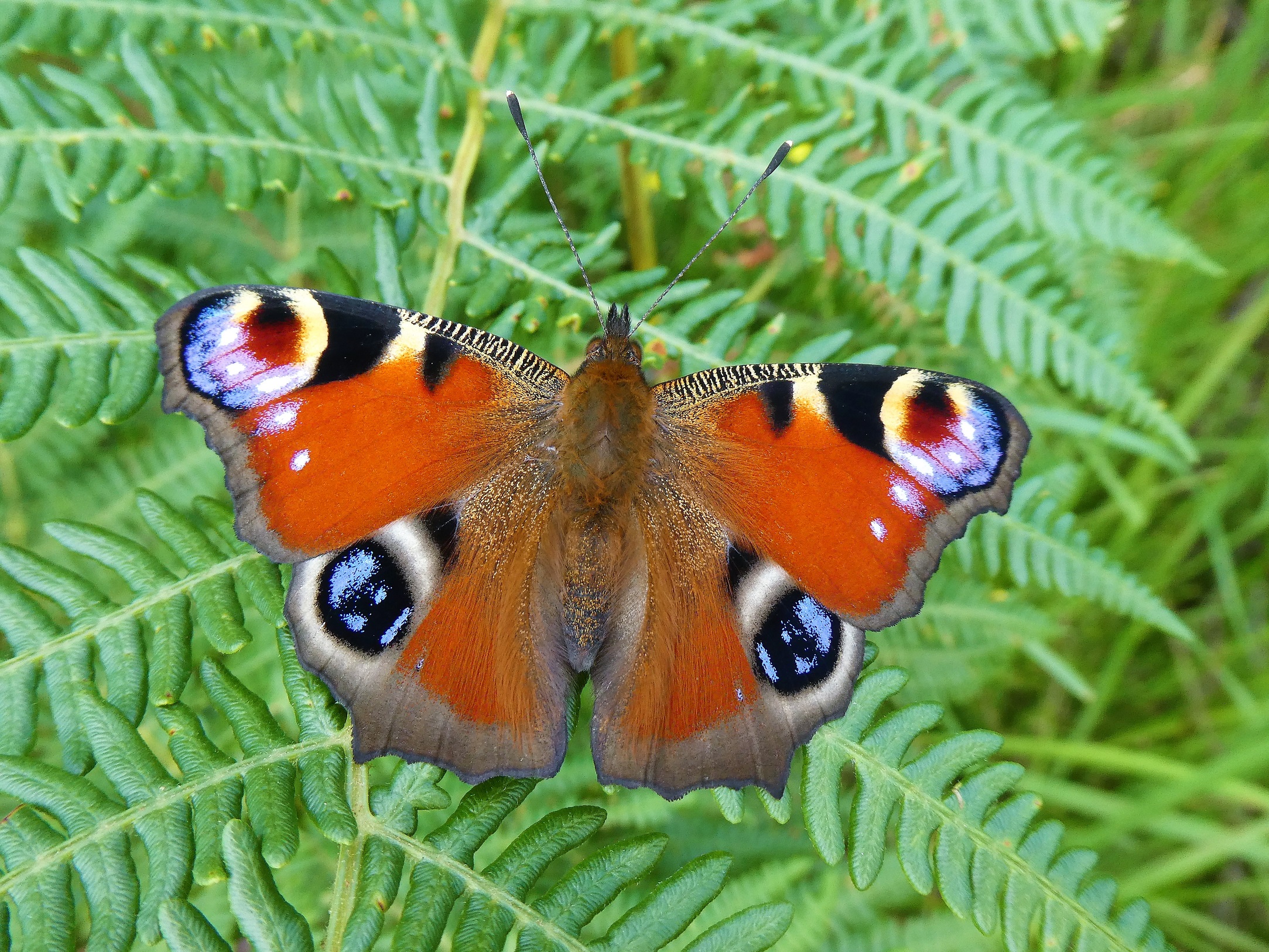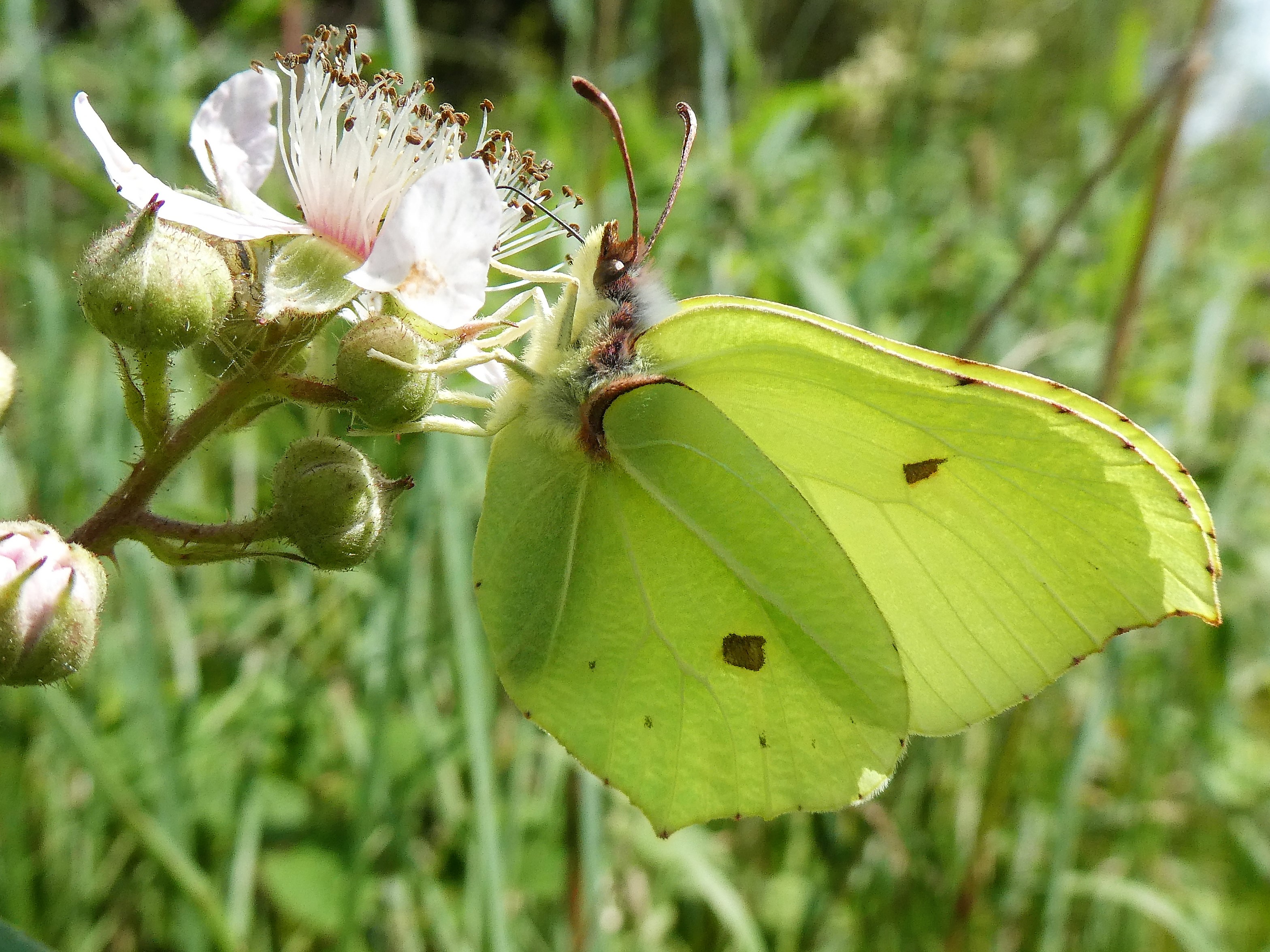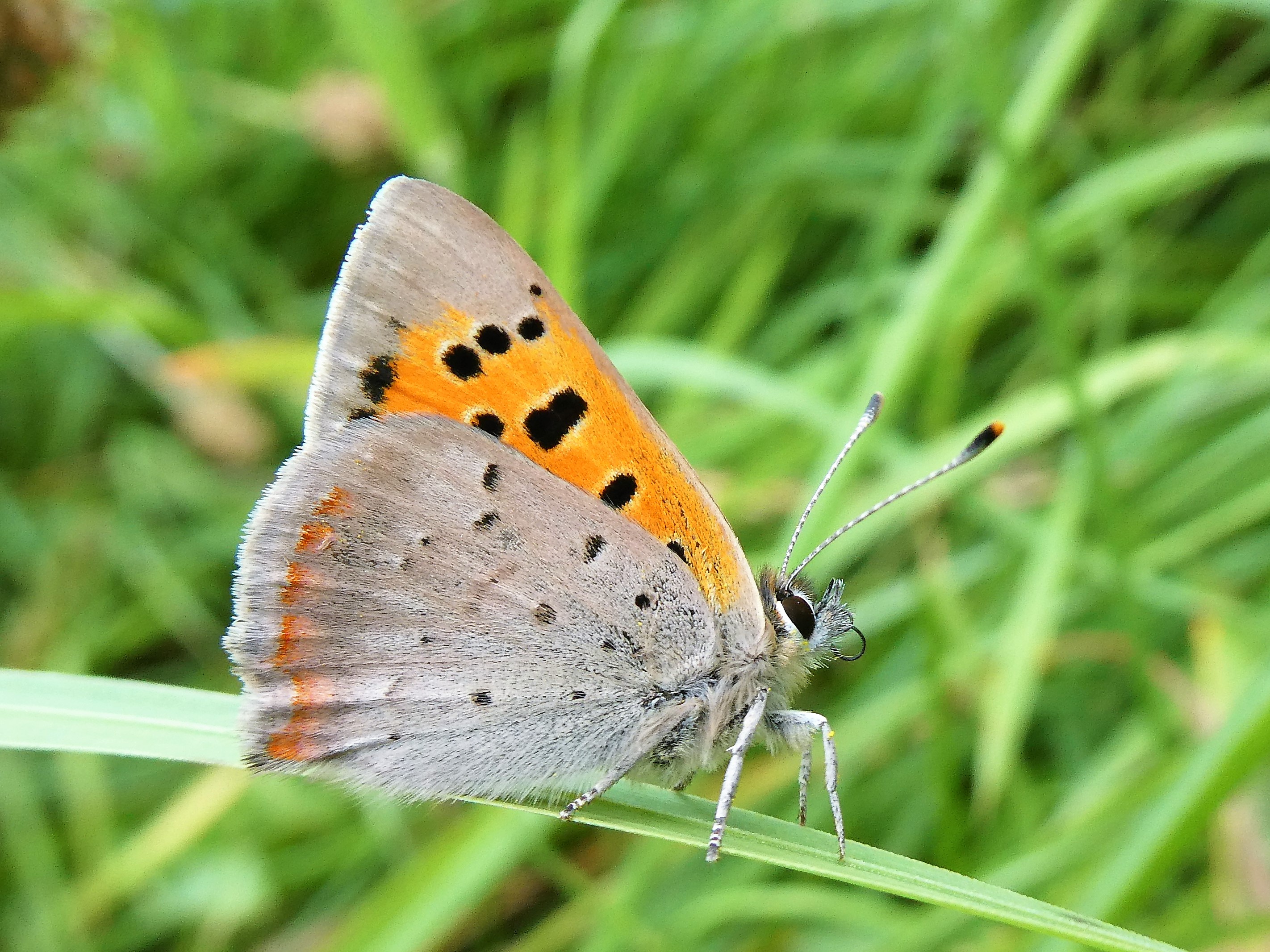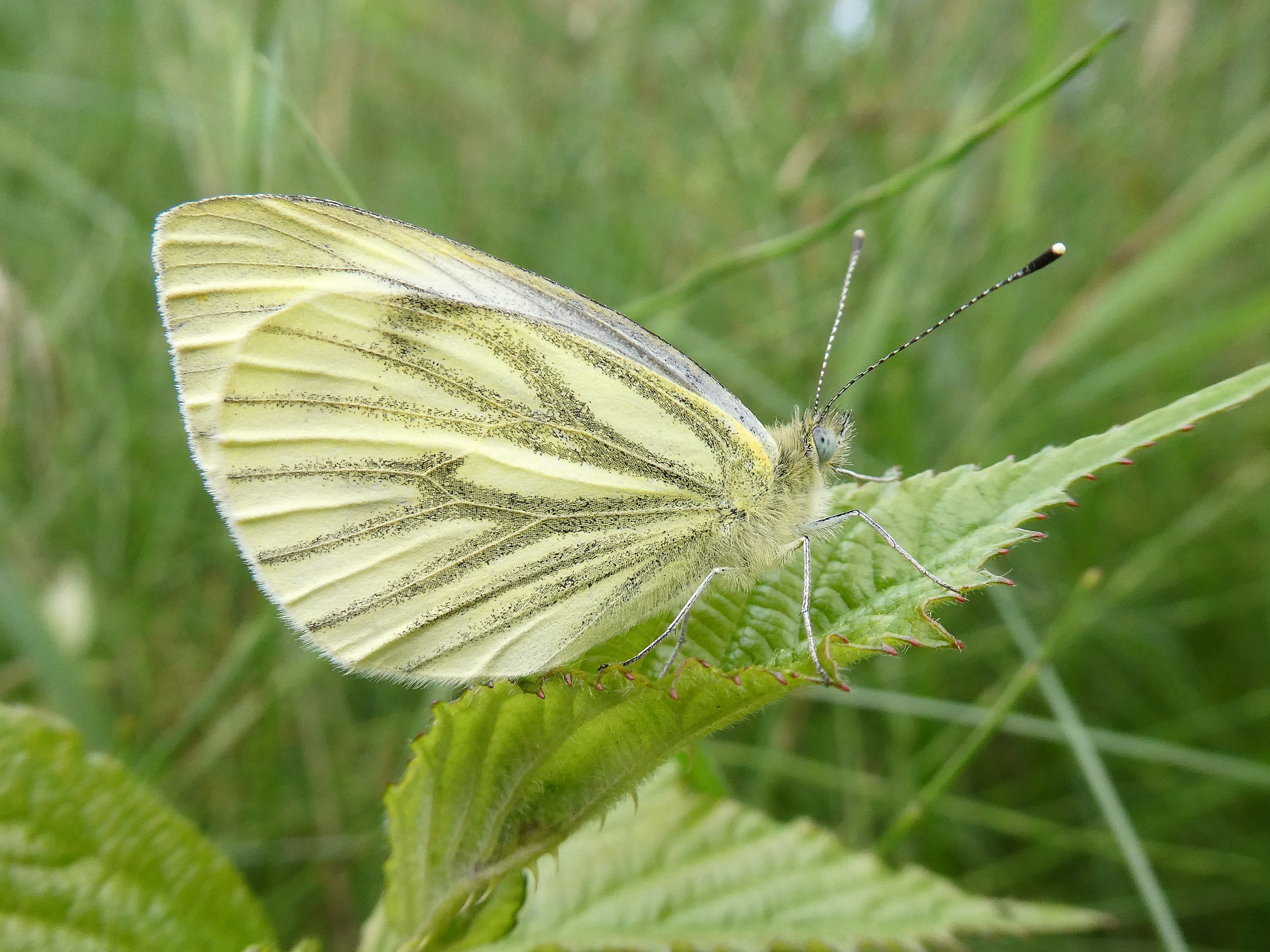A much better spell of weather during July has redeemed summer 2019. While the summer of 2019 is not comparable with the quality of last summer there are butterflies out now, some fresh, some past their best, but not in the abundance evident last summer.
Peacocks are just starting to appear, certainly not late, but in 2018 the butterfly emerged very early. Brimstones are also out now, surely with many more yet to emerge. I suspect we will not see these two in last year’s abundance; on August 3rd in 2018, I found 116 Peacocks and 15 Brimstones along a well-known ride in Lullymore, in County Kildare. Today (July 27th 2019) I found just two Peacocks and two Brimstones in that location.
I found a freshly emerged male Small Copper there-this gorgeous species is usually found in low single figures in any site but can reach high abundance but such years do not neatly correspond with fine summer weather.
The dramatic mid-summer Silver-washed Fritillary flies in good quality woodland throughout Ireland. In Lullymore and Lullybeg as elsewhere, there are some really large examples of both sexes but where I watch them I see much smaller individuals this year. This reduced size might be a result of the foodplant (Common Dog-violet) being less nutritious following the long drought from May 2018. The butterfly certainly looks less dramatic this season although last summer’s heat will have encouraged it to colonise new woods and encounter other populations.
Finally, a delicate and very widespread butterfly that some scientists have predicted will undergo a major decline if the climate continues to warm is flying now, but not in good numbers. From Donegal Frank Smyth reports that a marsh that would typically have hundreds has just two or three on a given day. A species that likes wet meadows, damp hedgebanks, marshland and other wet, humid sites, the Green-veined White flutters around its sites feeding, seeking mates and egg-laying. Short-lived, it can be present in high figures in suitable habitats, such as flooded meadows containing water-cress but occurs in lower numbers in less suitable spots. The butterflies we are seeing now are the second generation and show darker wing-tips on the upper side of the forewing than their parents. This butterfly is often mistaken for the Small White but the latter lacks the markings that pick out the veins on the underside of the hind wings.
Keep an eye on your garden-all of these butterflies will visit gardens, although Brimstone and Silver-washed Fritillary needs to be present close by to drop in for nectar. Common Knapweed, Creeping Thistle, wild mint, Common Marjoram and bramble are particular favourites at the moment. Water these plants in dry weather to increase nectar release-this will keep your butterflies fed!
(Note: the following photographs were taken on July 27th)






